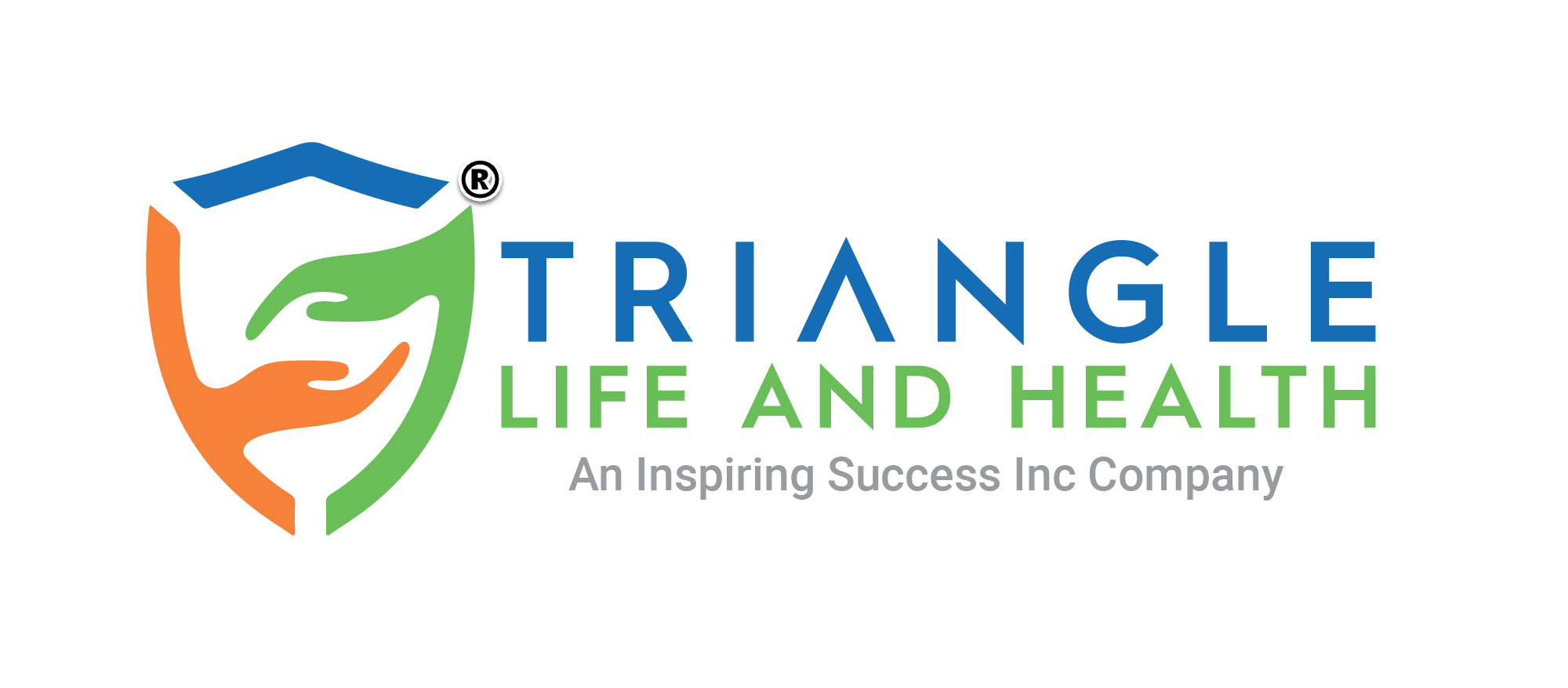Medicare Supplement Insurance
8 things to know about Medigap policies

- You must have Medicare Part A and Part B.
- A Medigap policy is different from a Medicare Advantage Plan. Those plans are ways to get Medicare benefits, while a Medigap policy only supplements your Original Medicare benefits.
- You pay the private insurance company a monthly premium for your Medigap policy. You pay this monthly premium in addition to the monthly Part B premium that you pay to Medicare.
- A Medigap policy only covers one person. If you and your spouse both want Medigap coverage, you’ll each have to buy separate policies.
- You can buy a Medigap policy from any insurance company that’s licensed in your state to sell one.
- Any standardized Medigap policy is guaranteed renewable even if you have health problems. This means the insurance company can’t cancel your Medigap policy as long as you pay the premium.
- Some Medigap policies sold in the past cover prescription drugs. But, Medigap policies sold after January 1, 2006 aren’t allowed to include prescription drug coverage. If you want prescription drug coverage, you can join a Medicare Prescription Drug Plan (Part D).
- It’s illegal for anyone to sell you a Medigap policy if you have a Medicare Advantage Plan, unless you’re switching back to Original Medicare.
Medigap policies don’t cover everything
Medigap policies generally don’t cover long-term care, vision or dental care, hearing aids, eyeglasses, or private-duty nursing.
When can I purchase a Medicare Supplement Plan
Buy a policy when you’re first eligible
The best time to buy a Medigap policy is during your 6-month Medigap open enrollment period. During that time you can buy any Medigap policy sold in your state, even if you have health problems. This period automatically starts the month you’re 65 and enrolled in Medicare Part B (Medical Insurance). After this enrollment period, you may not be able to buy a Medigap policy. If you’re able to buy one, it may cost more.
During open enrollment
Medigap insurance companies are generally allowed to use medical underwriting to decide whether to accept your application and how much to charge you for the Medigap policy. However, even if you have health problems, during your Medigap open enrollment period you can buy any policy the company sells for the same price as people with good health.
Find your situation below:
I’m 65 or older.
Your Medigap open enrollment period begins when you enroll in Part B and can’t be changed or repeated. In most cases, it makes sense to enroll in Part B when you’re first eligible because you might otherwise have to pay a Part B late enrollment penalty.
I’m turning 65.
The best time to buy a Medigap policy is the 6-month period that starts the first day of the month you’re 65 or older and enrolled in Part B. For example, if you turn 65 and are enrolled in Part B in June, the best time for you to buy a Medigap policy is from June to November.
After this enrollment period, your option to buy a Medigap policy may be limited and it may cost more. Some states have additional open enrollment periods.
I’m under 65.
Federal law doesn’t require insurance companies to sell Medigap policies to people under 65. If you’re under 65, you might not be able to buy the Medigap policy you want, or any Medigap policy, until you turn 65. However, some states require Medigap insurance companies to sell you a Medigap policy, even if you’re under 65. If you’re able to buy one, it may cost you more.
I have group health coverage through an employer or union.
If you have group health coverage through an employer or union because either you or your spouse is currently working, you may want to wait to enroll in Part B. Employer plans often provide coverage similar to Medigap, so you don’t need a Medigap policy.
When your employer coverage ends, you’ll get a chance to enroll in Part B without a late enrollment penalty. That means your Medigap open enrollment period will start when you’re ready to take advantage of it. If you enrolled in Part B while you still had the employer coverage, your Medigap open enrollment period would start. Unless you bought a Medigap policy before you needed it, you’d miss your open enrollment period entirely.
Source:www.medicare.gov
Request a Quote
FAQs
-
What is Medicare Supplement insurance?
Medicare Supplement insurance, also known as Medigap, is a type of health insurance policy sold by private insurance companies to help fill the gaps in coverage left by Original Medicare (Part A and Part B).
-
Who is eligible to enroll in Medicare Supplement insurance?
To be eligible for Medicare Supplement insurance, you must already be enrolled in Medicare Part A and Part B. You can typically apply for a Medigap policy during your Medigap Open Enrollment Period, which begins when you turn 65 and are enrolled in Medicare Part B.
-
What does Medicare Supplement insurance cover?
Medicare Supplement insurance helps cover certain out-of-pocket costs that Original Medicare doesn't pay, such as deductibles, coinsurance, and copayments. The specific coverage depends on the type of Medigap plan you choose (e.g., Plan A, Plan F, Plan G, etc.). However, it's important to note that Medigap plans do not cover prescription drugs, so you may need to enroll in a separate Medicare Part D plan for prescription drug coverage.
-
How do I enroll in Medicare Supplement insurance?
To enroll in Medicare Supplement insurance, you should contact private insurance companies that offer Medigap policies in your state. Compare the available plans and prices to find the best option for your needs. You can apply for Medigap coverage during your Medigap Open Enrollment Period or at other times, but you may be subject to medical underwriting and could potentially be denied coverage or charged higher premiums based on your health status.
-
Can I keep my Medicare Supplement insurance if I move to a different state?
Generally, you can keep your Medicare Supplement insurance if you move to a different state, but your premium costs may change. Medigap policies are standardized, meaning the coverage for a specific plan is the same regardless of the insurance company offering it. However, the prices can vary, so it's essential to compare rates from different insurers in your new state.
-
Can I switch Medicare Supplement insurance plans?
Yes, you can switch Medicare Supplement insurance plans. However, if you want to change your Medigap plan, you may be subject to medical underwriting, which means the insurance company can review your health status and potentially charge you higher premiums or deny coverage based on pre-existing conditions. In some cases, you may have guaranteed issue rights that allow you to switch plans without medical underwriting, such as if you're in your Medigap Open Enrollment Period or have a special circumstance like losing other health coverage.
-
How does Medicare Supplement insurance differ from Medicare Advantage?
Medicare Supplement insurance (Medigap) and Medicare Advantage (Part C) are two different types of Medicare coverage. Medigap plans work alongside Original Medicare and help cover out-of-pocket costs. Medicare Advantage plans, on the other hand, are private health insurance plans that provide all your Medicare Part A and Part B coverage and often offer additional benefits like prescription drug coverage. Unlike Medigap plans, Medicare Advantage plans may have network restrictions, copayments, and other cost-sharing requirements.
-
Are pre-existing conditions covered by Medicare Supplement insurance?
In most cases, pre-existing conditions are covered by Medicare Supplement insurance as long as you apply during your Medigap Open Enrollment Period or have guaranteed issue rights. During this period, insurance companies generally cannot deny you coverage or charge you higher premiums due to pre-existing conditions. However, if you apply for Medigap coverage outside of these periods, you may be subject to medical underwriting, and the insurance company may impose exclusions or higher premiums based on your health history.
-
Are there any benefits to purchasing Medicare Supplement insurance?
Yes, there are several benefits to purchasing Medicare Supplement insurance. It can provide financial peace of mind by helping to cover the gaps in Medicare coverage, reducing your out-of-pocket expenses for deductibles, coinsurance, and copayments. Medigap plans also offer standardized coverage, allowing you to compare plans from different insurance companies easily. Additionally, some Medigap plans provide coverage for medical care received while traveling outside the United States.
-
Can I have both Medicare Supplement insurance and a Medicare Advantage plan?
No, it's not possible to have both Medicare Supplement insurance and a Medicare Advantage plan at the same time. These two types of coverage cannot be used together. If you have a Medicare Supplement insurance policy and wish to switch to a Medicare Advantage plan, it's important to cancel your Medigap policy before your Medicare Advantage coverage starts to avoid paying for overlapping coverage.
